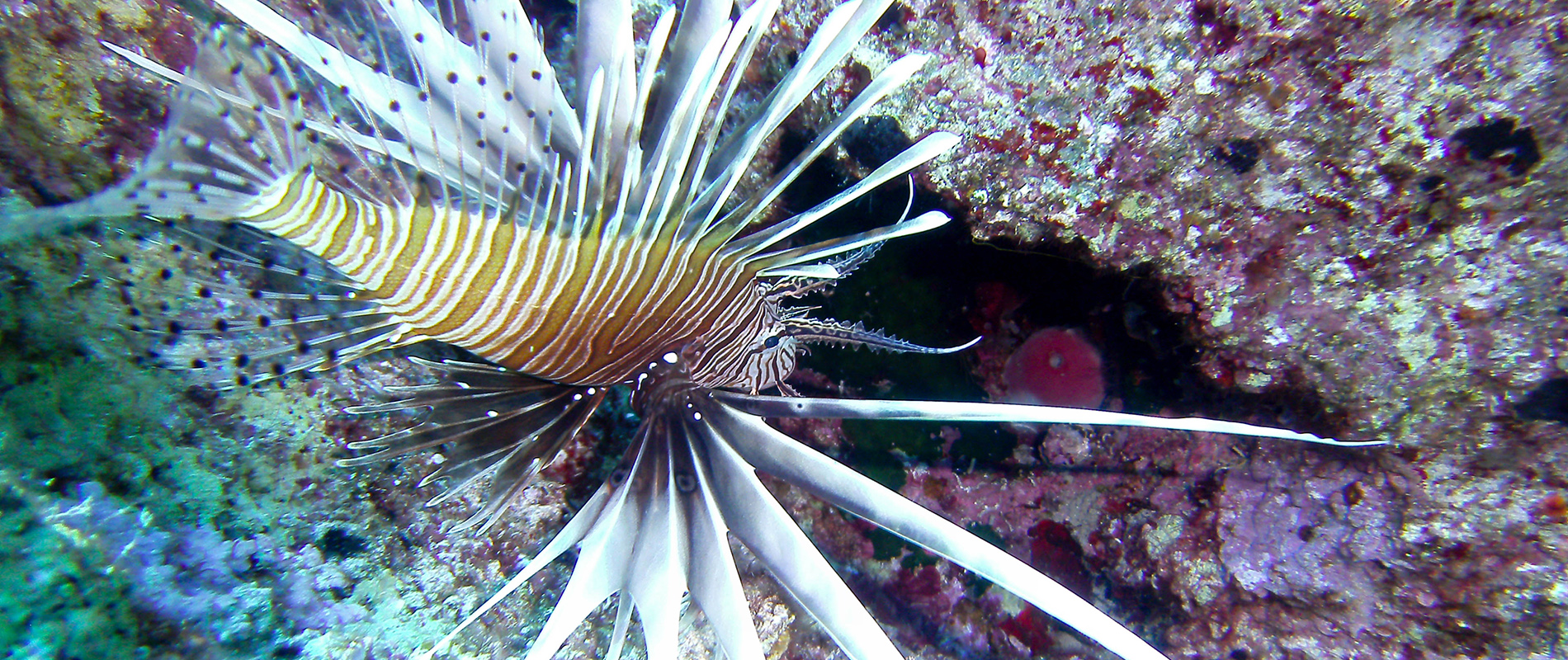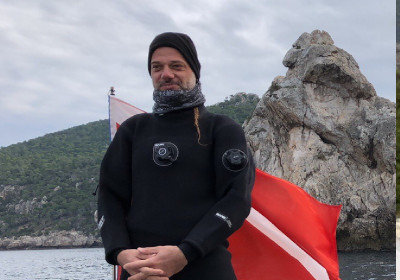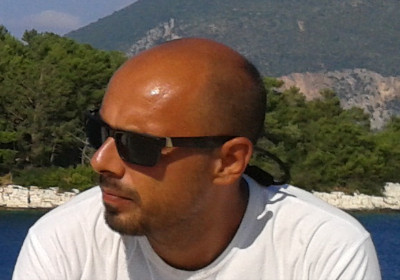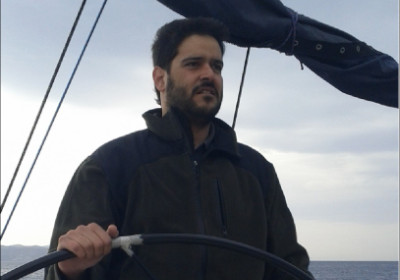Home
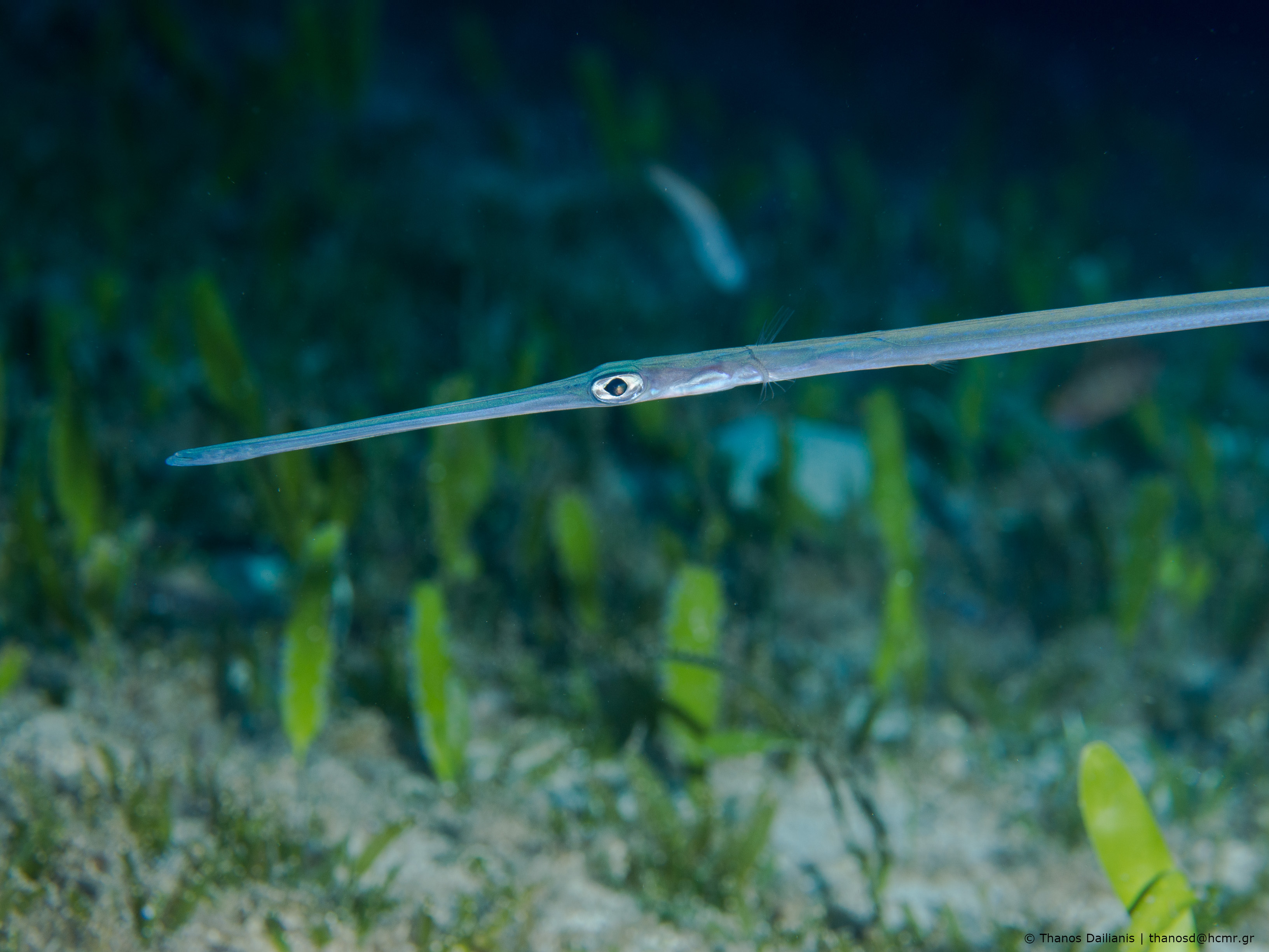
Today in Mediterranean almost 1,000 alien species have been reported, with the eastern basin being more prone to invasion than the western one. Among other ports are characterized as hot spot areas in terms of Non Indigenous Species (NIS). Since the rate of biological invasion in coastal aquatic ecosystems depends significantly on the volume of ship traffic to a region ports that enjoy a disproportionate share of global commerce are likely to be the most common sources and recipients of introduced species. Ports and small marinas act not only as gateways for alien species but also as reservoirs. They can produce a constant spillover of new invaders into surrounding areas and thereby contribute to their successful local establishment. The development of numerous marinas in many Mediterranean coastal areas in recent years could be providing a platform for the spread of invasives as these sites are closely associated with the dense vessels traffics (fishing, recreational boats or commercial ships) carrying alien species as hull fouling. The AlienPort project will fill the current gaps about the taxonomy, distribution, functional traits and impact of NIS in port habitats by establishing a monitoring network across the main ports of Greece. This study will be one of the first, in Mediterranean, to: a) use a common sampling protocol focused on NIS, b) identify the alien species lists in the crucial ports of Greece, c) examine the competition of NIS with the native biota through the analysis of functional traits and d) propose common management plan and preventive activities. The above actions will assist to gain a deeper understanding of the effects of NIS on port benthic communities and control and limit the distribution of NIS in ports. .
About Project!

Project is funded by GSRT and HFRI in the framework of the “1st Call for the support of Postdoctoral Researchers”. The duration is 30 months (November 2018 – November 2021) and the budget is 140,000 €. The project is hosted by the Hellenic Centre for Marine Research - Institute of Marine Biology Biotechnology and Aquaculture (Greece). The program is divided into 4 Work Packages (WP). The first work package relates to program management and dissemination of results, the second describes program preparation, third related to data collection, and fourth refers to data analysis and presentation of results.




